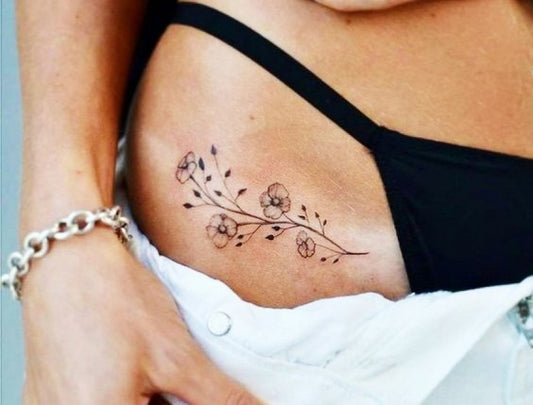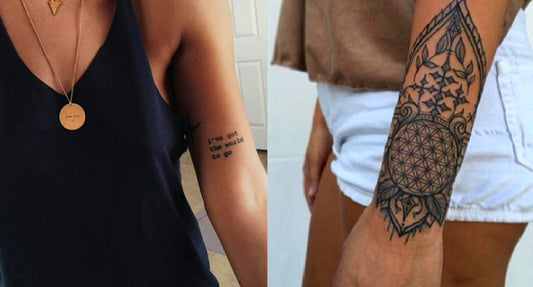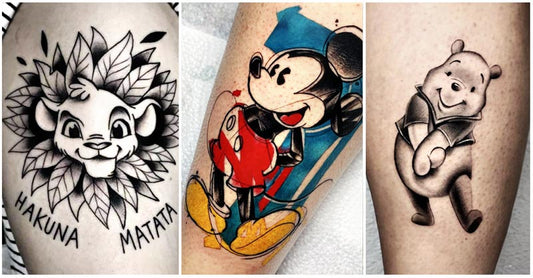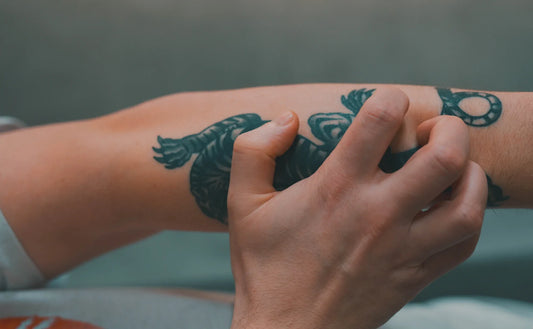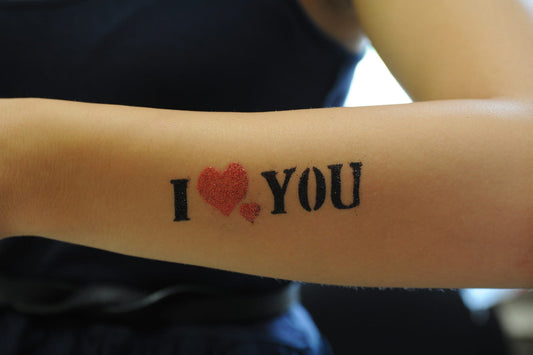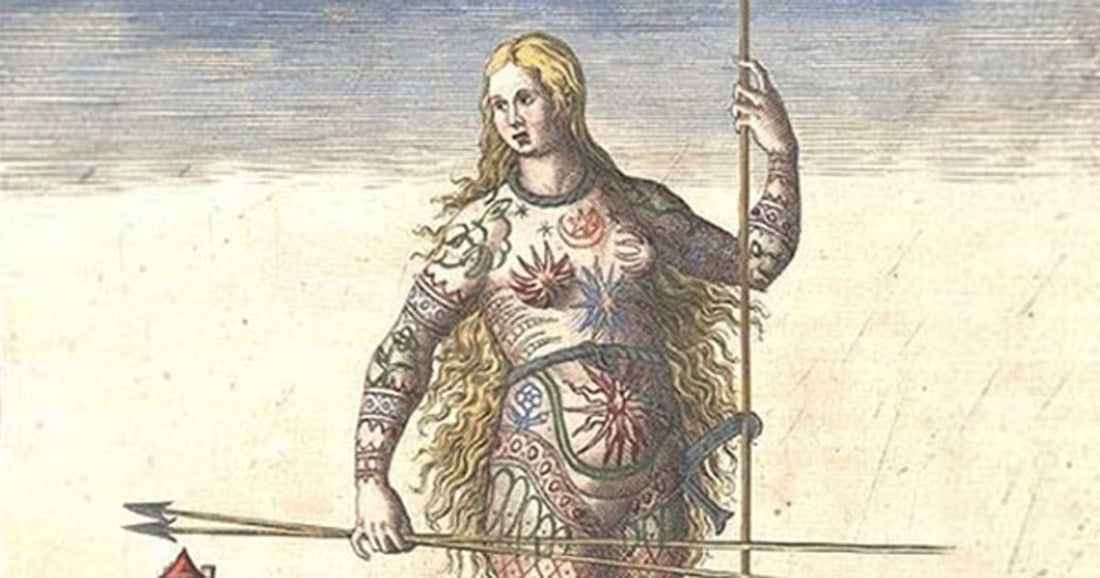
The Historical Changes of Women's Tattoos
The history of tattoos for women dates back to ancient times, when they were mostly used as a form of self-expression and body art. Women in ancient societies such as Egypt and Greece often had tattoos on their faces, arms, and legs.

Victorian Era
In the 19th century, tattoos were considered taboo in Western societies, and women with tattoos were often viewed as outcasts. However, some women still chose to get tattoos, often in secret or in places that were not visible to others.
Early 20th Century
In the early 1900s, tattoos became more popular among women in the United States, particularly in the circus and sideshow industry. Women who worked as circus performers often had tattoos as part of their acts, and some women were inspired to get tattoos themselves.

World War II
During World War II, women in the military began to get tattoos as a way to show their patriotism and solidarity with their fellow soldiers. Many women got tattoos of military insignia, patriotic symbols, or the names of loved ones who were serving overseas.

1960s and 1970s
In the 1960s and 1970s, tattoos became associated with the counterculture movement, and many women got tattoos as a form of self-expression and rebellion. Women's liberation also played a role in this trend, as women began to assert their autonomy and challenge traditional gender roles.

1990s to Present
In the 1990s, tattoos became more mainstream and popularized by celebrities and fashion trends. Women began to get larger and more visible tattoos, and there was a shift away from traditional tattoo designs and motifs. Today, women's tattoos continue to be a form of self-expression and art, with a wide range of styles and meanings.

Overall, the history of women's tattoos reflects the changing attitudes towards femininity, beauty, and self-expression throughout history. While tattoos were once associated with taboo or marginalization, they are now widely accepted as a form of art and personal expression for both men and women.





